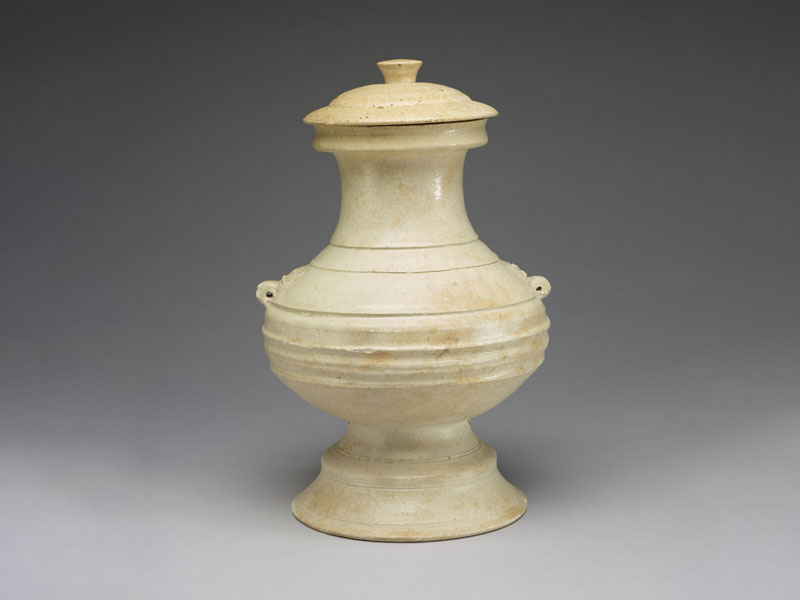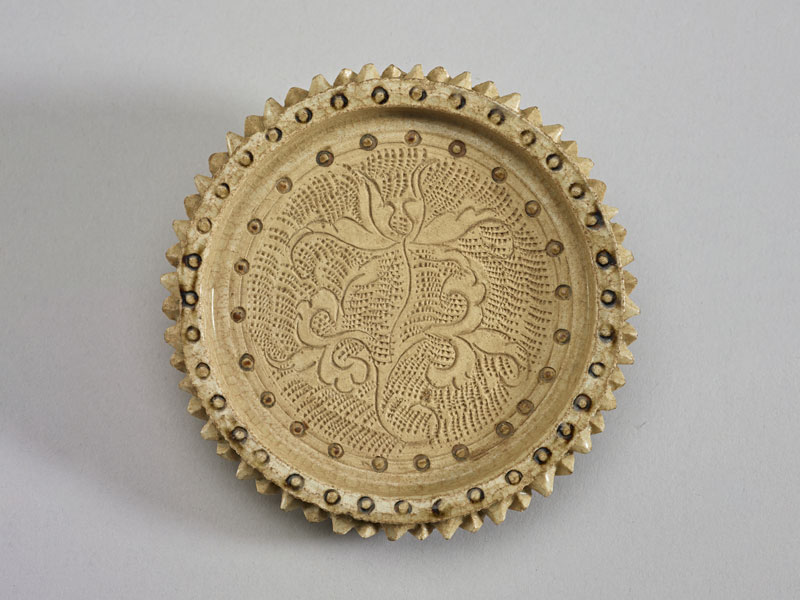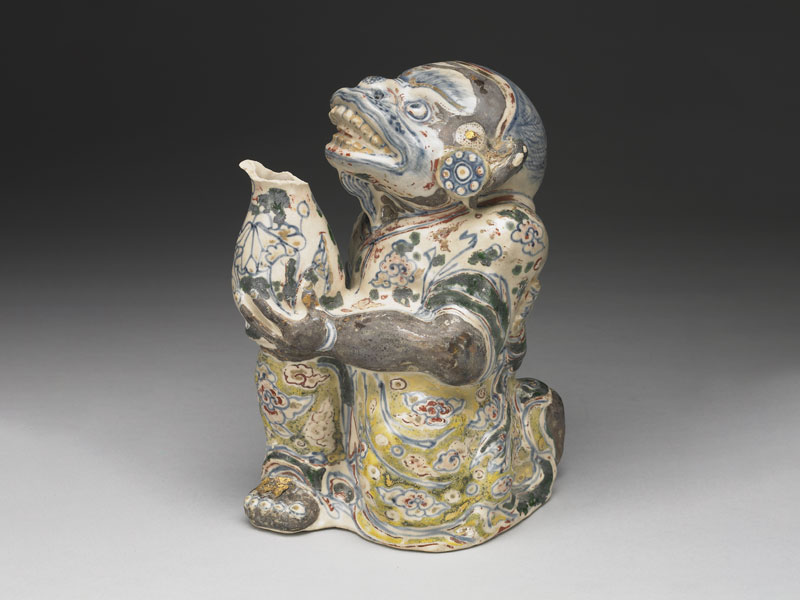Sitting at the crossroad of both land and maritime transport between the Pacific Ocean and the Indian Ocean, Southeast Asia has witnessed the convergence of resources and skills in the ceramic industry. Vietnam, in particular, has a long and mature ceramic culture. As early as around the start of the Common Era, there were glazed ceramics in Vietnam; the fact that they bore striking resemblance to those of the Han Dynasty suggests the movement of kiln workers. In the tenth century, there appeared a new direction and vitality in Vietnamese ceramics: the emergence of white, celadon, and brown glazed wares was accompanied by a display of new shapes and wondrous incised and carved designs. In the second half of the fourteenth century, the Vietnamese ceramic industry peaked and became the world's second-largest producer of blue-and- white porcelains behind China. The 'Vietnamese doucai' also signals the infinite creativity of ceramic craftspeople. At the same time, China during the Ming Dynasty enforced a sea ban and became isolationist. Vietnamese ceramics took up the role of supplier to the high-temperature porcelain market and steadily built its international profile. Consequently, one can find Vietnamese ceramics in various palatial sites and ruins throughout Asia.



